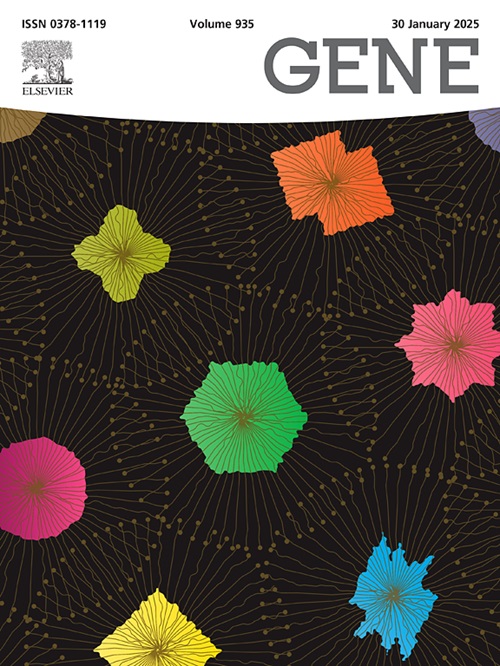预测埃博拉病毒-人类蛋白质-蛋白质相互作用的监督学习方法。
IF 2.4
3区 生物学
Q2 GENETICS & HEREDITY
引用次数: 0
摘要
这项研究工作的目标是预测埃博拉病毒与有感染风险的宿主之间的蛋白质-蛋白质相互作用(PPIs)。由于关于埃博拉病毒的数据库非常有限;我们已编制了埃博拉病毒与人类蛋白之间所有PPIs的综合数据库(EbolaInt)。我们的工作重点是利用一些最先进的机器学习技术,发现人类与埃博拉病毒之间一些新的蛋白质-蛋白质相互作用。然而,它基本上是一个两类问题,一个是正交互数据集,一个是负交互数据集。这些数据集包含各种基于序列的人类蛋白质特征,如氨基酸结构、联合三联体和结构域相关特征。在本研究中,我们简要讨论并使用了一些著名的监督学习方法来预测人类蛋白质与埃博拉病毒蛋白质之间的PPIs,包括k -近邻(KNN)、随机森林(RF)、支持向量机(SVM)和深度前馈多层感知器(DMLP)等。我们使用基因本体(GO)和京都基因与基因组百科全书(KEGG)途径分析验证了我们的预测结果。我们预测的目标是比较所有其他模型预测ppi的准确性、精密度、召回率和f1得分。在结果部分,DMLP给出了最高的准确度,并预测了2655个潜在的人类靶蛋白。本文章由计算机程序翻译,如有差异,请以英文原文为准。
Supervised learning approaches for predicting Ebola-Human Protein-Protein interactions
The goal of this research work is to predict protein–protein interactions (PPIs) between the Ebola virus and the host who is at risk of infection. Since there are very limited databases available on the Ebola virus; we have prepared a comprehensive database of all the PPIs between the Ebola virus and human proteins (EbolaInt). Our work focuses on the finding of some new protein–protein interactions between humans and the Ebola virus using some state- of-the-arts machine learning techniques. However, it is basically a two-class problem with a positive interacting dataset and a negative non-interacting dataset. These datasets contain various sequence-based human protein features such as structure of amino acid and conjoint triad and domain-related features. In this research, we have briefly discussed and used some well-known supervised learning approaches to predict PPIs between human proteins and Ebola virus proteins, including K-nearest neighbours (KNN), random forest (RF), support vector machine (SVM), and deep feed-forward multi-layer perceptron (DMLP) etc. We have validated our prediction results using gene ontology (GO) and Kyoto Encyclopedia of Genes and Genomes (KEGG) pathway analysis. Our goal with this prediction is to compare all other models’ accuracy, precision, recall, and f1-score for predicting these PPIs. In the result section, DMLP is giving the highest accuracy along with the prediction of 2655 potential human target proteins.
求助全文
通过发布文献求助,成功后即可免费获取论文全文。
去求助
来源期刊

Gene
生物-遗传学
CiteScore
6.10
自引率
2.90%
发文量
718
审稿时长
42 days
期刊介绍:
Gene publishes papers that focus on the regulation, expression, function and evolution of genes in all biological contexts, including all prokaryotic and eukaryotic organisms, as well as viruses.
 求助内容:
求助内容: 应助结果提醒方式:
应助结果提醒方式:


